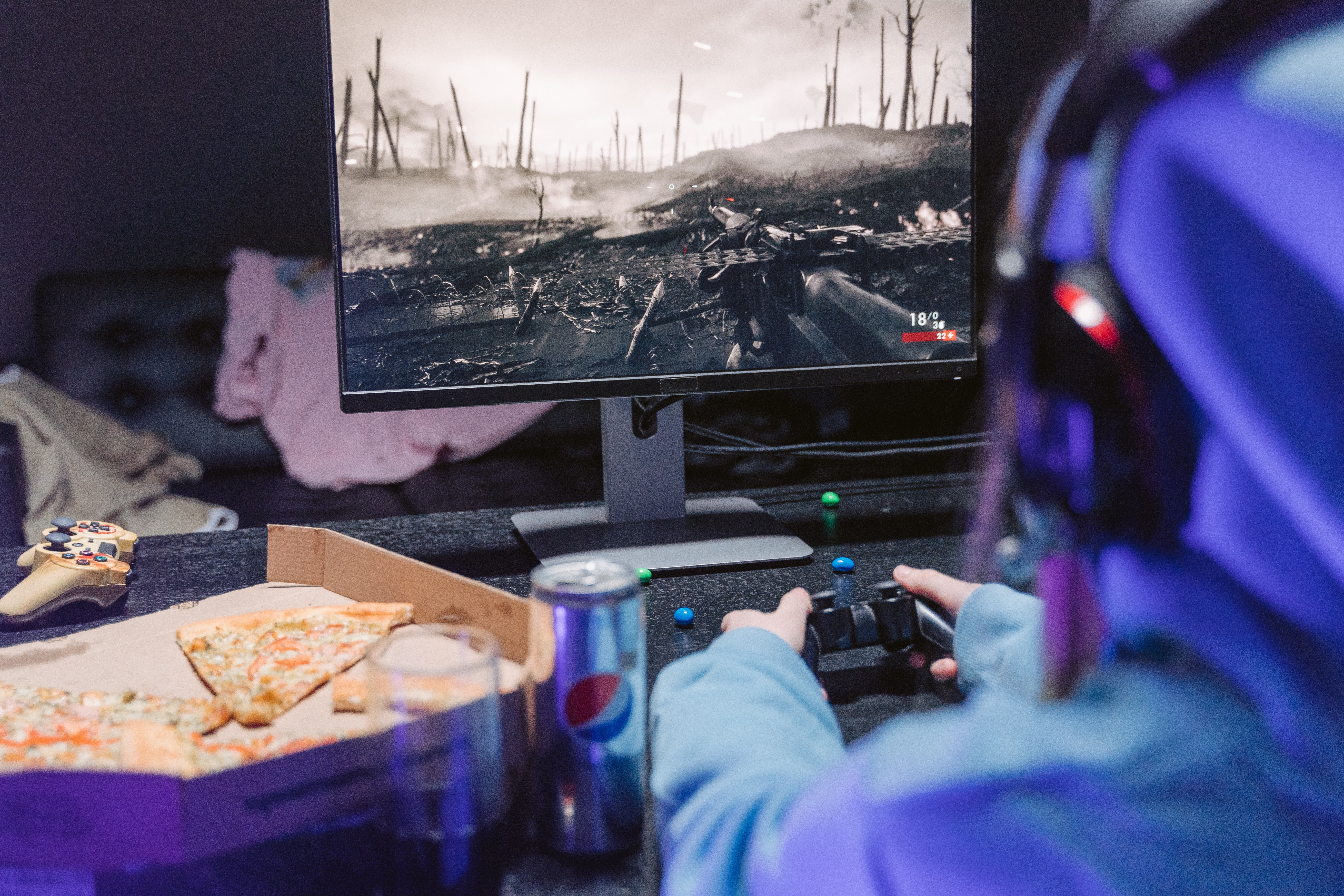
China has just cut access to online gaming to a maximum of three hours a week. As far as the Chinese government is concerned, games are highly addictive ‘spiritual opium’ with devastating consequences for the mental health of an entire generation. Meanwhile Australian schools and universities are opening the equivalent of injecting rooms in their classrooms.
There is no doubt that gaming is addictive. The dopamine spikes created by the simulated danger in online games, cause addiction. Those dopamine ‘hits’ are just as addictive as the ones generated by chemical stimulants like opioids. And the consequences of that addiction are no less dire, with anxiety, depression, self-harm and even suicide featuring prominently on a very long list. The science is so clear that in mid 2018 the World Health Organisation (WHO) added gaming addiction to the list of diagnosable mental health conditions.
Shortly after the WHO declaration the China Internet Network Information Centre (CINIC) said more than 30 per cent of Chinese children were suffering from the disorder. Within a year the Chinese government implemented severe restrictions on gaming. Children were only permitted 90 minutes of gaming per day plus three hours on holidays. It didn’t work. The CINIC now estimates that gaming addiction among children in China is rampant, with around 60% of children affected.
The latest move tightens the screws further. Now under 18s in China cannot play online games at all from Monday to Thursday and are allowed to play only between 8pm and 9pm on Friday, Saturday, Sunday and public holidays. Another new requirement is that every player has to be registered with a real name and the games must provide links to online anti-addiction services. Face recognition software is also being deployed into games to ensure compliance.
Data from CINIC showed China’s gaming industry produced revenue of US$43 billion in 2020, up 21 percent from the previous year. An article published by the Chinese state owned newsagency said “No industry, no sport, can be allowed to develop in a way that will destroy a generation.” According to Tong Lihua, director of the Beijing Children’s Legal Aid and Research Center, the latest move is a response to the unchecked profit-seeking nature of a gaming industry that depends on the addiction of children.
China knows a thing or two about being the victim of addiction profiteering. In the late 18th century, the British East India Company solved a wee cash flow problem by shipping tonnes of Indian grown opium into southern China, where the habit of consuming it was taken up with gusto. By 1836, up to twelve million Chinese were opium addicts. When the Chinese government banned its use and destroyed the stockpiles of British merchants in 1839, the British Navy used their overwhelming military might to force the Chinese to become good customers of the British opium trade once again.
It wasn’t until Mao brutally eliminated the trade in the 1950s that China got its opium addiction under control. He knew that the primary cost of addiction was time. Time spent feeding the addiction was time not spent producing. It was a productivity cost that post-war China could not afford. Mao put ten million addicts in compulsory treatment, executed the dealers and ploughed over opium farms.
Today in Australia, we are now ploughing the over the ‘spiritual opium’ farms that are online gaming. We are fertilizing them. Our high schools and universities are signing up to eSports leagues. To participate, a school establishes “teams” of competitive gamers who “train” for hours each week after school and compete in the online leagues. The players pay a nominal fee to be part of the season, just like a real sport but about a third of the cost.
The games are free to play and can be played all the time regardless of being in a “team”, so I suspect most of the players get in a lot more “training” than the hour or two they do at school. And probably use the need to “train” as an excuse for access to their devices at home.
The schools do it because it seems like sport, but is much cheaper to run, keeps the kids busy and there are great prizes for the schools and the students on offer. But they might as well be opening lunchtime pubs in their canteens. Addicting their students to gaming is no better than addicting them to booze and it certainly isn’t sport.
According to Roy Morgan data from December 2020, 5.5 million Aussies played video games in the past three months. And if there is one thing gamers like doing almost as much as playing, it’s watching people who are better than them play. The audiences for eSports eclipse the audiences for real sports by extraordinary margins. And where there is an eager audience, there’s money to be made.
PwC’s latest Australian Entertainment and Media Outlook says that total interactive gaming and esports revenues rose by 7.2% in 2020 to $3.41 billion in Australia, a number expected to grow by at least a quarter of a billion dollars a year through to 2025. This is why, AFL clubs, with a capped local audience for their core game and desperate desire for growth, have driven the adoption of eSports in schools in the last five years.
There is a lot of money to be made from getting and keeping Australian kids addicted to gaming. And the best bit, from the industry’s point of view is the collateral damage, the mental health tidal wave that follows the wave of addiction, is not their problem. New gamers are born every minute and schools are willing accomplices in feeding the production line.
These games are the very best, the most addictive, the most evolved, the gaming industry has to offer. Their purpose is to addict young minds, so that billions can be drained from their bank accounts and billions more can be drained from the accounts of sponsors who want access to the players and their fans. And our schools have signed up as part of the gaming industry sales force.
We don’t tolerate commercialisation of our schools. There are no Macca’s school canteens. There are no school footy teams with brewery sponsors. So why on earth are we allowing companies whose entire purpose is to addict young minds open up shop in our schools?
eSport is addictive gaming, pure and simple, so don’t let your school fall for the marketing BS designed to turn your kids into a product for sale to the highest bidder.
China is not quite at the point of executing dealers and putting millions of kids into rehab centres, but their recent experience with mass addiction has meant they are quick to recognise the signs of a productivity and mental health catastrophe. We would be wise not to ignore what they are doing and at the very least stop our schools and universities fanning the flames of the next profit driven addiction pandemic.
Photo by Tima Miroshnichenko from Pexels

















Recent Comments